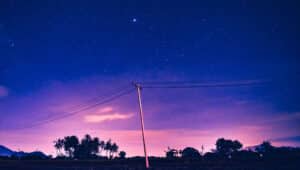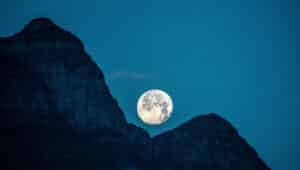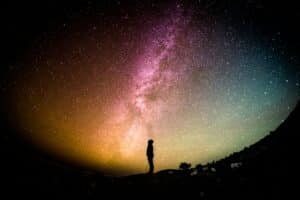
WELCOME TO the September night sky. Regular sky watchers will know that on the western horizon just after sunset, the planets Venus and Jupiter have been very noticeable in August. Now in September, these two bright planets approach each other and, on the first day of the month, they are just over one degree apart with Jupiter being slightly the higher of the two.
Through the telescope, Venus is not spectacular as, apart from its great brilliance, it only displays a small featureless white disk. Jupiter, on the other hand, shows cloud belts and four Moons visible in any small scope. On the evening of September 6, the thin crescent Moon is just below the pair soon after sunset.
By the middle of September in the east, at about 11pm, the sparkling red planet Mars can be seen. In fact, the so called red planet is an orange colour normally, but when seen low in the horizon, it can flash and twinkle with shades of vivid red at times, although this is actually an effect of our own atmosphere. Mars is heading for opposition at the end of October, when it will be big and bright in the constellation of Aries.
September 22 this year is the Autumn Equinox, when the Sun crosses the celestial equator heading south and marks the end of summer and the start of autumn in the northern hemisphere. This means that the whole world sees 12 hours of daylight and 12 hours of darkness. It also means that the Sun rises exactly in the east and sets exactly in the west on the Equinox day.
The Moon is new on September 3, first quarter on the 11th, full on the 18th and last quarter on the 25th.
• Clive Jackson is the director of the Astronomical Observatory of Tavira (Sítio do Malhão) and the Camera Obscura (next to the castle in Tavira), specialising in education and public outreach. Tel281 321 754, Fax 281 324 688, e-mail: cdepa@mail.telepac.pt or visit www.cdepa.org
























